Apple may be reconsidering its AR strategy in the wake of Meta’s Orion reveal | Infinium-tech
Apple seems to have watched the launch of Meta’s new AR and VR glasses with interest and has begun to rethink its “spatial computing” strategy, reports. Bloomberg’s Mark Gurman. And it was not the cheap Quest 3S that aroused suspicion within the walls of the Cupertino headquarters, not even the Ray-Ban Meta glasses, but the Orion prototype.
VR disconnects you from the world and turns it into a completely virtual world. Some glasses, like the Quest 3 and 3S, use cameras with color passthrough to create more of an AR experience – a mix of the virtual and the real thing. Apple’s Vision Pro does this too, but it also has an external display to project a virtual version of your face, so people around you feel like they can look into your eyes.

Meta’s Orion AR glasses prototype
But Meta’s Orion uses holographic displays, which are transparent. This means you see the real world and the real world sees you instead of pretending with displays and cameras.
Orion also introduced an innovative control method – electromyography or EMG, which detects even the smallest muscle movements to understand the gestures that the user makes with their fingers. It is much more advanced, tactile, and versatile than existing hand-tracking technologies.
Meta also designed and manufactured the “Wireless Compute Puck”. Instead of packing all the processing power into glasses (like Apple did), they moved it into the puck. And unlike the Vision Pro’s battery pack, there are no wires involved.

apple vision pro
So, what will Apple do? The management is considering several possible paths.
Apple could simply continue what it was doing – working on a cheaper Vision Pro. However, the Quest 3S costs less than a tenth of the Vision Pro ($300 vs. $3,500) and handles gaming and video streaming just fine, so it may be hard to sell a cheaper Vision with a lower quality display. If the company chooses this route, it will have to restart work on the Apple Vision Pro 2.
Alternatively, Apple could try to get costs under control by using the iPhone as a compute module for the Vision headset. This would make the headset lighter and cheaper, while also eliminating the need for an iPhone (the Meta’s glasses and headset are standalone).
Apple could make something like the Ray-Ban Meta instead. These are smart glasses with zero AR – they have cameras for photos and videos, and also Meta’s AI for viewing. Apple Intelligence could turn such glasses into an AI-powered version of AirPods. This idea could be extended to actual AirPods by adding tracking cameras and AI in a future version of the AirPods Pro.

Ray-Ban Meta Smart Glasses
The “Holy Grail” route is for Apple to create standalone AR glasses with everything built-in (battery, processing, hand and eye tracking, etc.). This is reportedly the dream of CEO Tim Cook, but it’s a huge development challenge.
So what Desire Apple do? It is yet to be decided, she may choose one or more of these paths. However, Gurman believes Meta has an edge over Apple in AR technology, even the things it is still keeping secret.
To be fair, Orion was originally planned as a consumer product, but bringing the cost down to consumer-friendly levels proved to be a challenge, so Meta turned to in-house and third-party developers to help build the Orion. It was decided to launch it as a prototype. New AR experiences.


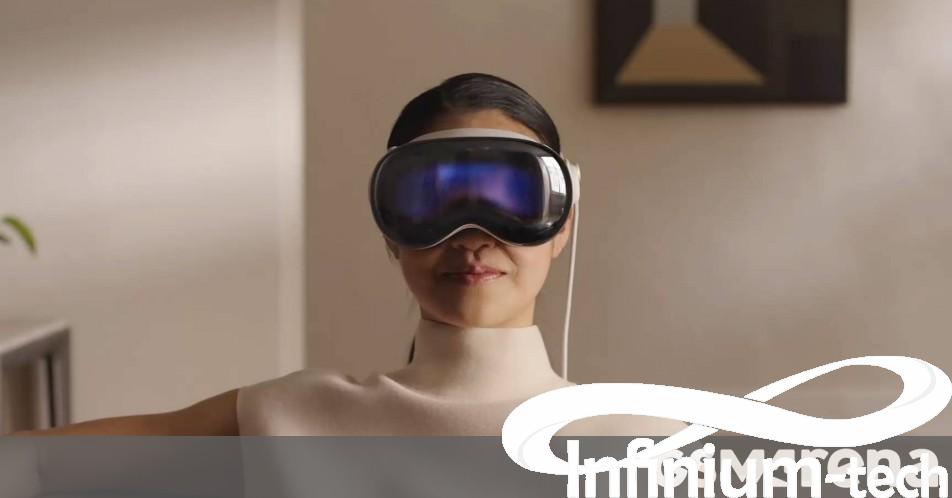
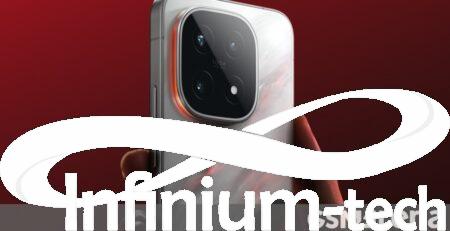
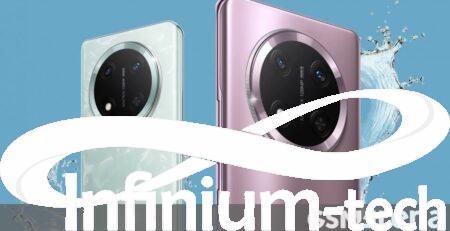
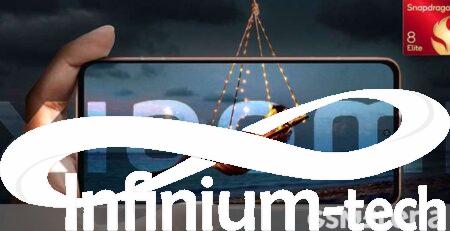

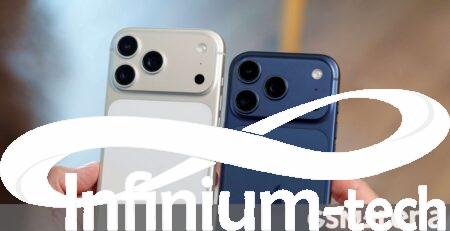




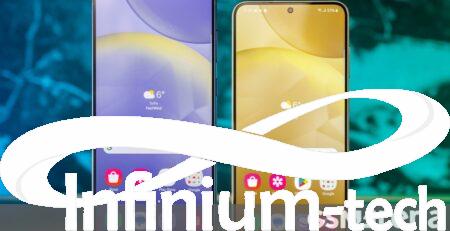

Leave a Reply